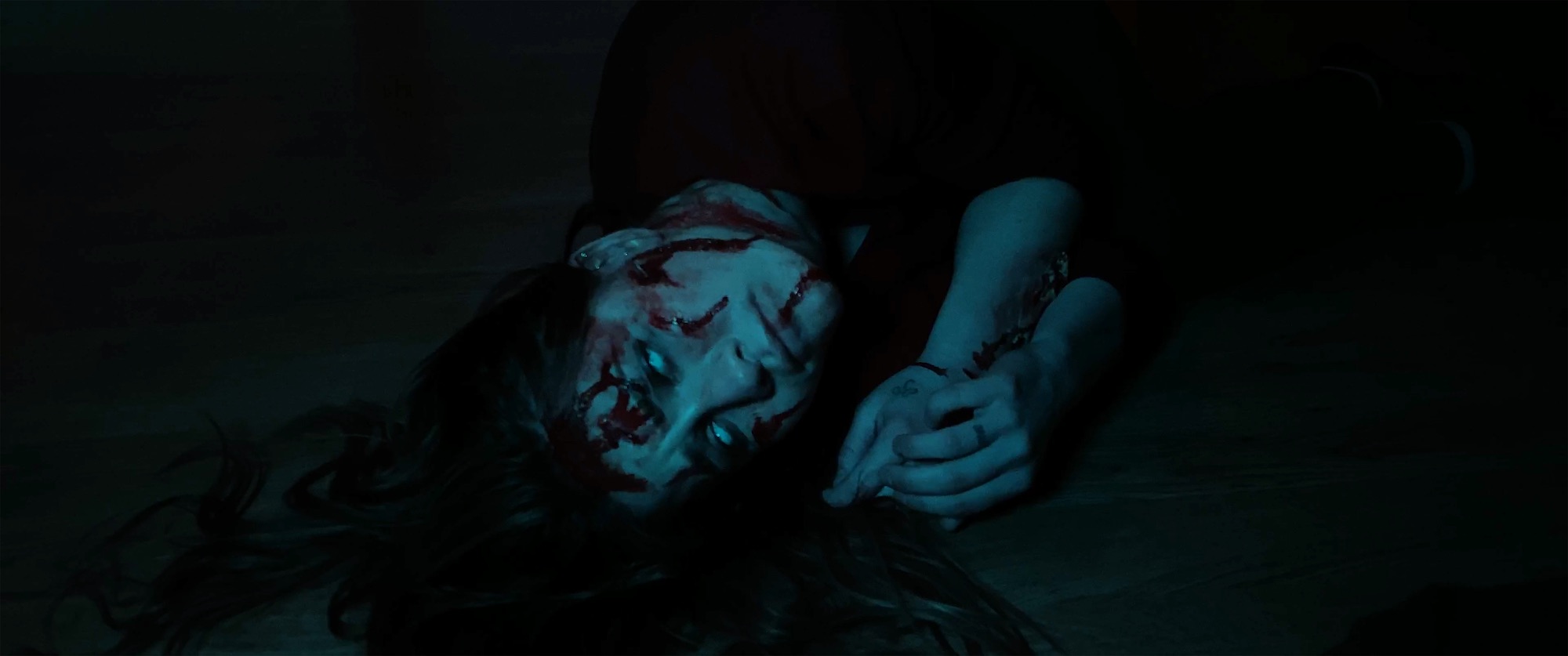
Let’s jump straight to the point for once: Netflix has largely succeeded in adapting Neil Gaiman’s The Sandman, a popular and critically-acclaimed graphic novel which had been deemed “unfilmable”. With Gaiman onboard, a Doctor Who director (Jamie Childs) attached for most of the episodes and a cast comprised of veteran British actors, it’s ultimately the








